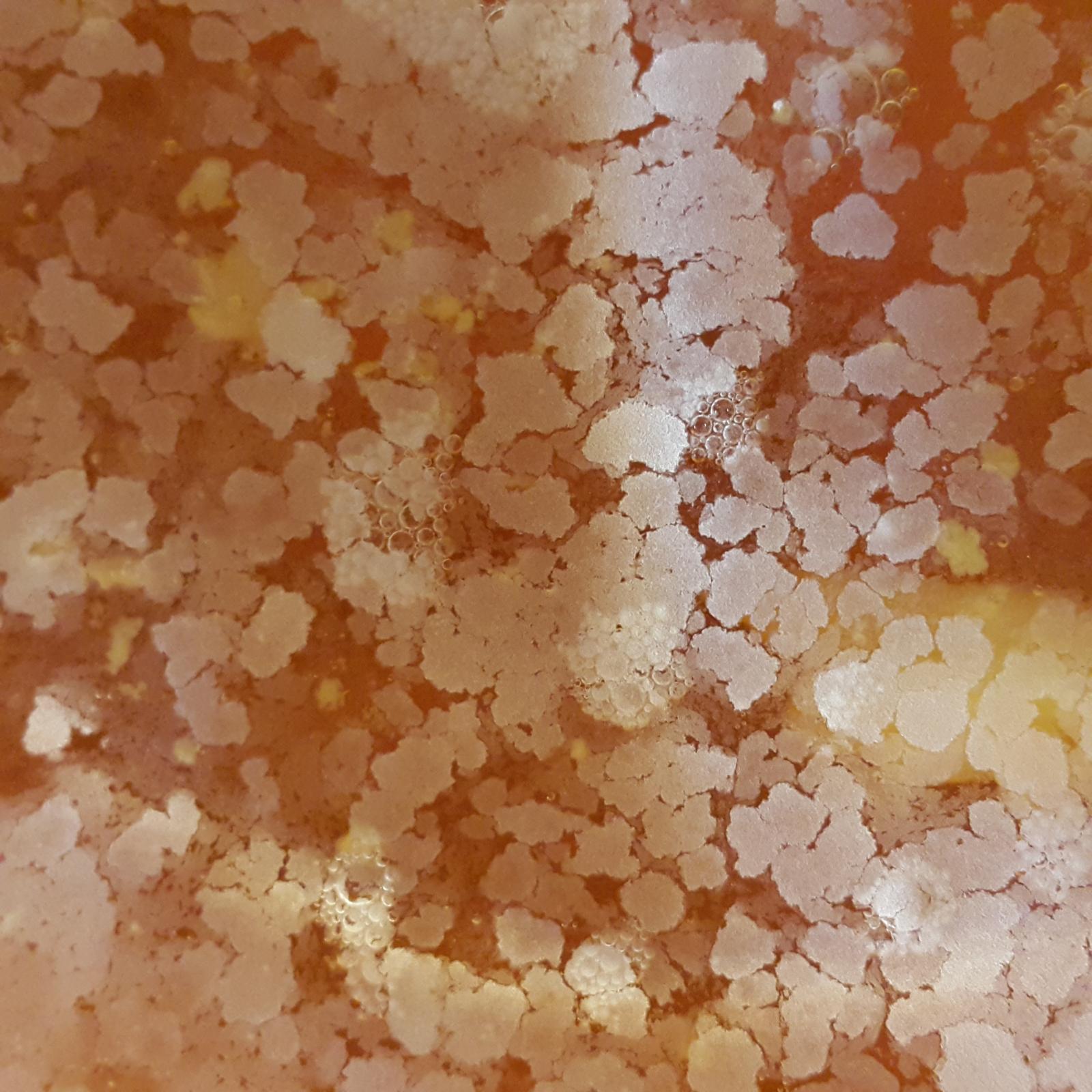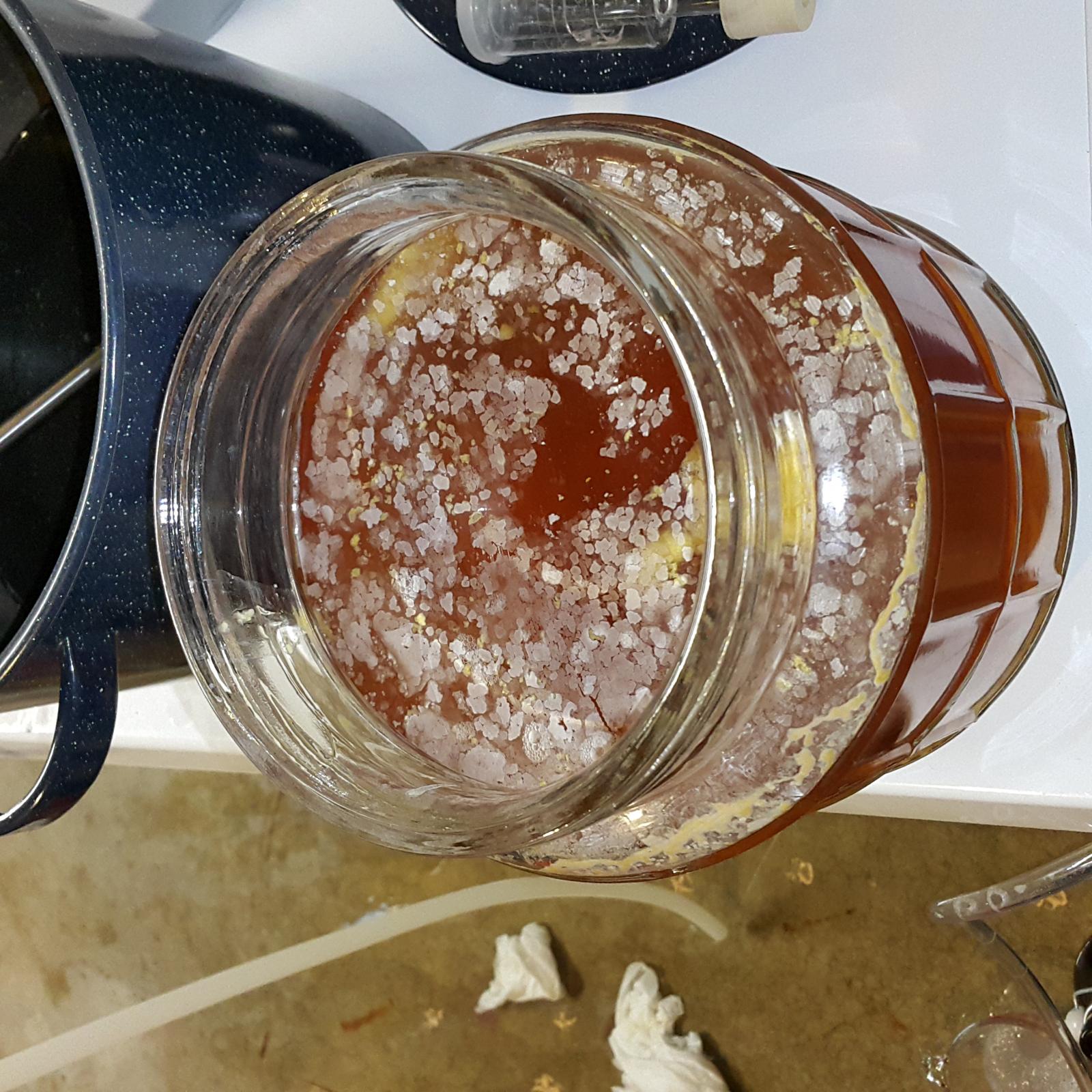Ray_Finkle
Member
Hey y'all, this is my first time posting. I've been lurking for months using all the useful information on this forum. I've been brewing for almost a year and have several batches under my belt that all have turned out well. This is my first infection I think. It's a pale ale that's been fermenting for a week. I was about to dry hop it when I opened the bucket and to my surprise saw this. It smells good still but I haven't tasted it. Should I dump this batch or is it salvageable? View attachment ImageUploadedByHome Brew1472168700.307459.jpg
















































![Craft A Brew - Safale BE-256 Yeast - Fermentis - Belgian Ale Dry Yeast - For Belgian & Strong Ales - Ingredients for Home Brewing - Beer Making Supplies - [3 Pack]](https://m.media-amazon.com/images/I/51bcKEwQmWL._SL500_.jpg)









![20160903_162326[1].jpg 20160903_162326[1].jpg](https://cdn.homebrewtalk.com/data/attach/315/315543-20160903-162326-1-.jpg)
![20160903_162323[1].jpg 20160903_162323[1].jpg](https://cdn.homebrewtalk.com/data/attach/315/315544-20160903-162323-1-.jpg)







